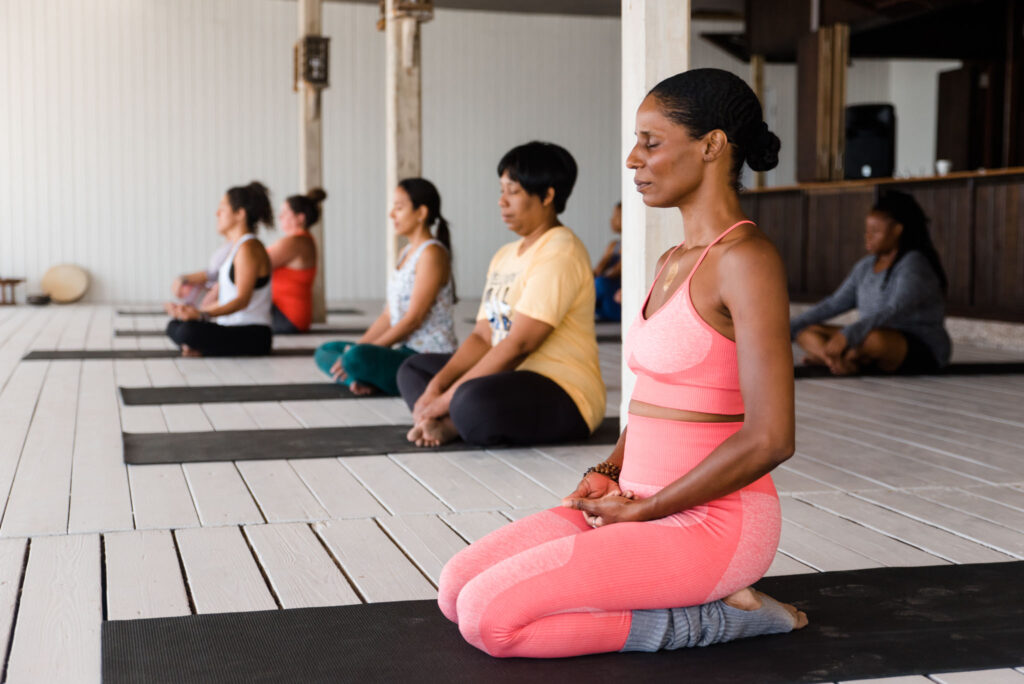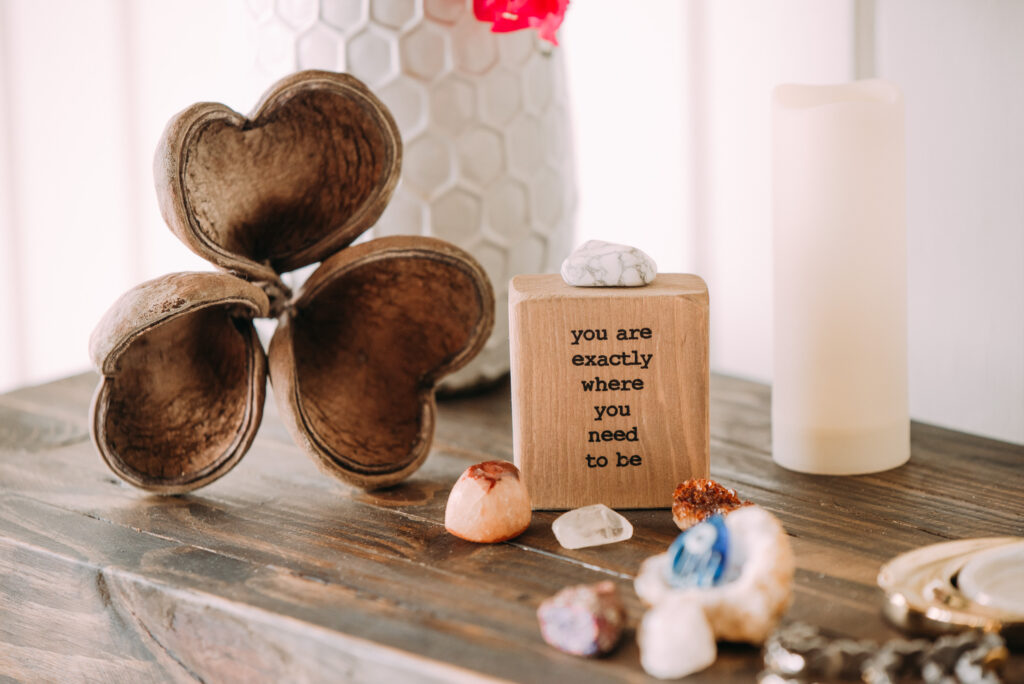
At the Intersection of Kaizen and Mindfulness
4/14/2023
I came upon the Japanese concept of Kaizen by accident, while watching a popular British baking show about ten years ago. The show itself was my inspiration to start a new hobby, and the mention of kaizen by one of the contestants marked a process of transformation in my life: from perfectionism to continuous improvement.
At the Intersection of Kaizen and Mindfulness
I came upon the Japanese concept of Kaizen by accident, while watching a popular British baking show about ten years ago. The show itself was my inspiration to start a new hobby, and the mention of kaizen by one of the contestants marked a process of transformation in my life: from perfectionism to continuous improvement.
In Japanese the first word, Kai, stands for change, the second, Zen, means good. And therein lies the basic meaning of the Kaizen philosophy: change for the good, for the better.
It was interesting that the contestant spoke about this Japanese philosophy right after being harshly critiqued on her latest bake. She went on to explain that since learning about Kaizen, she has focused on the fact that no matter how badly things go, they can always improve, even if just a little bit. It was at that moment that I adopted Kaizen as a way of life.
In an almost parallel way, my life during the last ten years also gradually changed from reactivity and automation to presence and awareness.
Various factors, including accumulated stress, changes in my professional and personal life, and importantly, connecting with kindred spirits, helped me navigate my way towards a more mindful and present life. Eventually, I joined the Bee Me Project and a wonderful team of inspirational women. As part of my new role, I was asked to contribute the topics for our blogs.
I thought, what better way to start than to talk about two concepts that intersect and that are so close and dear to my heart?
The ability to be in the present moment, be intentional and non-judgmental is at the core of mindfulness. The ability to examine presence with intention, seeking improvement, is at the core of Kaizen. See the similarity?
Let us then dive a little deeper.

Kaizen’s Origin
After World War II, the Japanese economy was in disarray and Japanese companies were deemed unreliable by global markets – unthinkable by today’s standards! Companies took initiatives to bring stability to the Japanese industrial sector an implemented a training session titled ‘Improvement in Four Steps’ (Kaizen eno Yon Dankai). Thus, Kaizen was introduced to Japan.
Although Kaizen’s roots stem from the business sector (with one notable and successful implementation carried out by Toyota), over time Kaizen became a general philosophy that teaches to take continuous small steps that lead to constant improvement.
Understanding the Kaizen Philosophy
The Kaizen philosophy teaches us that we can all be better and do better. Beyond that, Kaizen understands that lasting, meaningful improvement requires gradual small steps. Kaizen defies instant gratification and perfectionism. Many of us seek perfectionism to feel accepted or worthy, while others use it as a defense mechanism against failure since perfection is unattainable. Kaizen practices can help reframe these learned behaviours.
Taking small steps lessens the fear of change that most of us have to various degrees. Making small changes requires less motivation which is important at times when it may run low. Small, more achievable changes, also boost confidence and engender the desire to keep going.
Kaizen in Daily Life
It is possible to apply Kaizen to our daily lives in a variety of ways:
Body: Gradual improvement in fitness and diet is a great place to apply Kaizen. If we make one small change a day: walk a mile, reduce a small amount of processed food – and we commit to continuing these improvements- over time they will become habits. The results in improved health serves as a powerful motivator.
Environment: You can apply Kaizen to your environment by dividing achievable chores over time. We can tackle our desks one day, clean the garden on the next day and even leave greater tasks for another time. Although this way of life may take longer, the chances that chores get done will actually increase.
Emotion and Energy. We can all consciously decide to do one kind thing after reading – or writing – this blog. Then do another kind act tomorrow and the day after. Over time we can become more considerate, empathetic and overall more kind.
Mind. We can commit to reading a news article a day, or even a book a month. It is important to start with achievable goals. Even more crucial is to maintain this gradual improvement over time. Our minds can actually change and improve, the benefits will be immeasurable in terms of self-satisfaction, fulfillment and mental health.
Committing to this continuous improvement philosophy means making Kaizen an essential and normal part of our lives, almost like breathing.
We can start by focusing on making one small improvement each day of our lives. If we can do that -something seemingly so simple- we can have extraordinary outcomes, and live a positive, inspiring life.

~ Vincent Van Gogh
Understanding Mindfulness
The term mindfulness comes from the Pali word “sati.” Sati derives from a root meaning to remember, but to remember and be attentive to the present rather than the past. Mindfulness has the purpose of not moving away from the present. It is like a manifested guardianship.
Mindfulness is characterized by three main components:
- Intention: Cultivating continuous awareness.
- Attention: Observing the present moment, thoughts, sensations and feelings as they arise.
- Attitude: Adopting a non-judgmental and kind frame of mind.
Origins of Mindfulness
People have practiced Mindfulness for thousands of years. While most researchers agree that it was popularized by Eastern religions and spiritual Institutions, others argue that mindfulness origins can not be restricted to Hinduism and Buddhism. It can be argued that mindfulness also has roots in other religions like Judaism, Islam and Christianity.
Mindfulness is in all of us. We are able to practice it and benefit from it. Mindfulness practice can bring about changes in the brain, and our responses to stimuli, significantly impacting physical and emotional wellbeing.
By noticing and acknowledging our thoughts, behaviors and emotions in a non-judgmental way and focusing our attention on the present moment we can improve our awareness bringing about a positive, fulfilling feeling.
Mindfulness can also greatly improve our relationships by helping us regulate our emotions.
This does not mean that by being mindful one avoids negativity or unpleasant situations and emotions but it helps us to respond in a calm, compassionate way.
Kaizen Techniques
We can live a more mindful life by following simple techniques that enhance our attention, awareness and acceptance. Interestingly, these techniques also align with the BEE ME Project’s learning pillars.
- Body. We can focus our attention on the simple act of breathing, something so natural and instinctual. By concentrating on our breathing, we can truly let thoughts slip away. We can also pay attention to the sensations our body feels. Just noticing them without judgment. Acknowledge what you see, feel, hear, smell and taste. This can help us be more aware and present.
- Mind and Emotion. We can take the time to think about our thoughts. It may sound strange but we can see our thoughts as clouds that we can observe from a distance and without judgment. If we make a habit of doing this, we will be better able to manage our emotions, reactions and behaviour.
- Environment. Connecting with our environment is another way in which we can become more mindful. By simply taking a walk in nature, we can practice awareness, presence and intention. Thich Nhat Hanh describes this as, ‘Walk as if you are kissing the Earth with your feet.’ We can focus our attention on the experience of walking, on the feel of the ground beneath our feet, noticing sounds and smells. We can connect with our environment in a way in which we are a part and an extension of it.
The Kaizen-Mindfulness Connection
Kaizen and Mindfulness can work hand in hand towards improving the quality our lives.
Kaizen teaches us to start with small steps, improving over time. Mindfulness makes us take time out to be really present, aware and accepting.
We can all try starting our day with one deep breath – a very small, yet very mindful step. Over time, we can improve the time we spend focusing on our breath, without being discouraged if we fail to improve. The true meaning of both a Kaizen and a Mindful life is to improve from the present moment moving on from yesterday and without anticipation for tomorrow.
Mindfulness is the key to living a heart-centered life and cultivating self-mastery. Kaizen adds the gradual improvement component that makes integrating both philosophies particularly important in the development of mental, spiritual and physical skills. The two form a beautiful circle where Kaizen propels us forward slowly and steadily while Mindfulness keeps us centered and focused. The two work together to help us discover new possibilities of self-awareness, self-regulation, authenticity and presence.
We look forward to sharing our mindful and kaizen ways with all of you!
Let us all Bee Mindful and Bee Kaizen inspired!